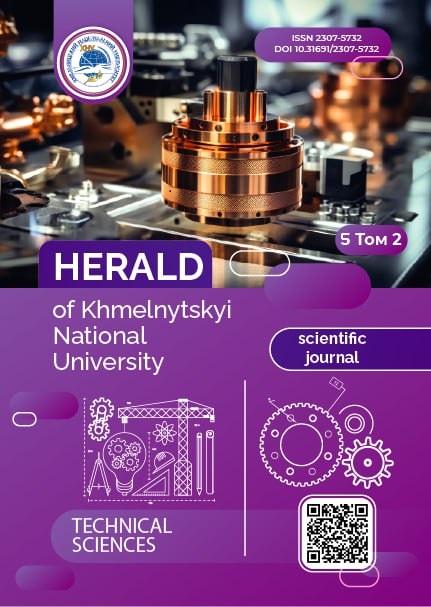OPTIMIZATION OF THE TOPOLOGICAL STRUCTURE OF INFORMATION AND TELECOMMUNICATION PLATFORMS BASED ON A GENETIC ALGORITHM
DOI:
https://doi.org/10.31891/2307-5732-2025-357-82Keywords:
optimization, service platform, radio technology, genetic algorithm, signal-to-interference-plus-noise ratioAbstract
This study addresses the problem of structural optimization of modern service platforms, with particular attention to those based on wireless radio technologies such as LTE, 5G, and Wi-Fi. Given the increasing complexity of wireless environments and the growing demand for high-throughput, low-latency communication services, ensuring efficient resource allocation and infrastructure placement becomes a critical task. The paper presents a comprehensive analysis of conventional optimization techniques and identifies their limitations when applied to nonlinear, multi-parameter network planning problems. As a response, the feasibility and advantages of genetic algorithms (GAs) are substantiated. Unlike traditional deterministic approaches, GAs exhibit strong global search capabilities, making them especially suitable for problems characterized by discrete solution spaces and the presence of multiple local optima.
The key contribution of this research is the development of a universal mathematical model designed for the structural optimization of service platforms. The model explicitly incorporates the effects of intra-system interference caused by overlapping coverage from adjacent base stations and terminal devices which is a major limiting factor in dense network deployments. By integrating parameters such as the spatial coordinates of base stations, received signal strength, signal-to-interference-plus-noise ratio (SINR), and user-level throughput, the model enables robust estimation and maximization of average data rates across the network.
The proposed approach was validated using a simulation scenario modeling the deployment of a wireless service platform in a shopping mall environment. Results confirmed the effectiveness of GA-based optimization in improving coverage uniformity, reducing the number of low-throughput areas, and increasing the overall quality of service (QoS). The resulting topology was more balanced and aligned with the spatial distribution of users, leading to improved performance and spectral efficiency.
The developed model and algorithm offer a flexible and scalable framework for intelligent radio network design in interference limited conditions. Future research directions include software implementation, support for multi-floor and 3D environments, and integration with predictive models based on user mobility and traffic patterns.
Downloads
Published
Issue
Section
License
Copyright (c) 2025 СЕРГІЙ СІДЕНЬ, РОМАН ЦАРЬОВ, СВІТЛАНА КІЙКО, ЛЮДМИЛА БУБЕНЦОВА (Автор)

This work is licensed under a Creative Commons Attribution 4.0 International License.

